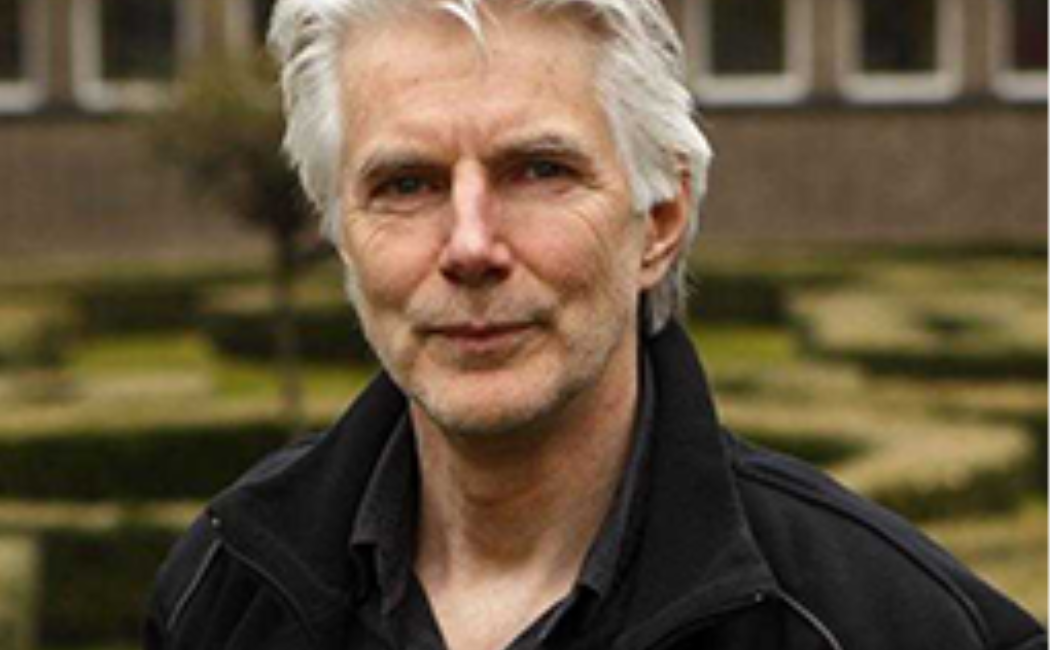
Prof. Freek Kapteiijn (1952) is an Emeritus Professor of Catalysis Engineering at the Technical University of Delft. MSc in Chemistry and Mathematics, received his PhD on ‘Metathesis of alkenes’ in 1980 at the University of Amsterdam. After post-doc positions (Coal Science) in Amsterdam and Nancy (ENSIC), he became Associate professor in Amsterdam. Moved to Delft University of Technology in 1992, became ‘Anthonie van Leeuwenhoek professor’ in 1999, and from 2008 to 2019 chair of Catalysis Engineering, with visiting with visiting professorships at ETH Zürich, Tianjin and Zhejiang Normal University. Research interest focuses on the interplay of catalysis and engineering, comprising structured and multifunctional catalysts, adsorption, separation and (catalytic) membranes. Co-authored over 550 publications in peer-reviewed journals and as book chapters. He is a Clarivate Highly Citer Researcher.
Abstract:
be as efficient as possible to reduce time and effort involved.
The workhorse in catalyst performance testing is the isothermally operated packed bed reactor (PBR). Why?
Apart from practical application point of view, the PBR is considered as an ideal isothermal plug flow reactor, so the mathematical description of this ideal reactor type, the continuity equation, can be used to interpret the relation between space time W/Fi and activity or kinetics, usually expressed in terms of conversion. Any deviation of ideality yields more complex reactor expressions (dispersion, by-passing, exothermicity) and is to be avoided. Also, on the level of the catalyst particle activity and transport phenomena of mass and heat are strongly coupled, and transport limitations should be avoided.
The major question is to what extent my used PBR approaches ideality. Or alternatively, can we apply criteria based on observed variables to check whether we satisfy ideality within a certain accuracy level?
In this lecture criteria for the proper catalyst performance testing are derived and best practices are presented to ensure the obtained information represents the wanted intrinsic catalyst properties.